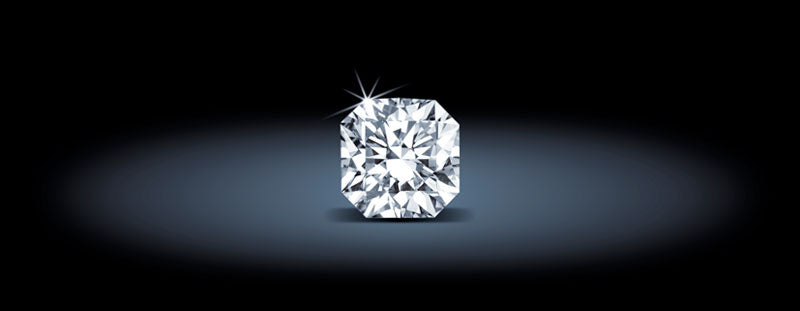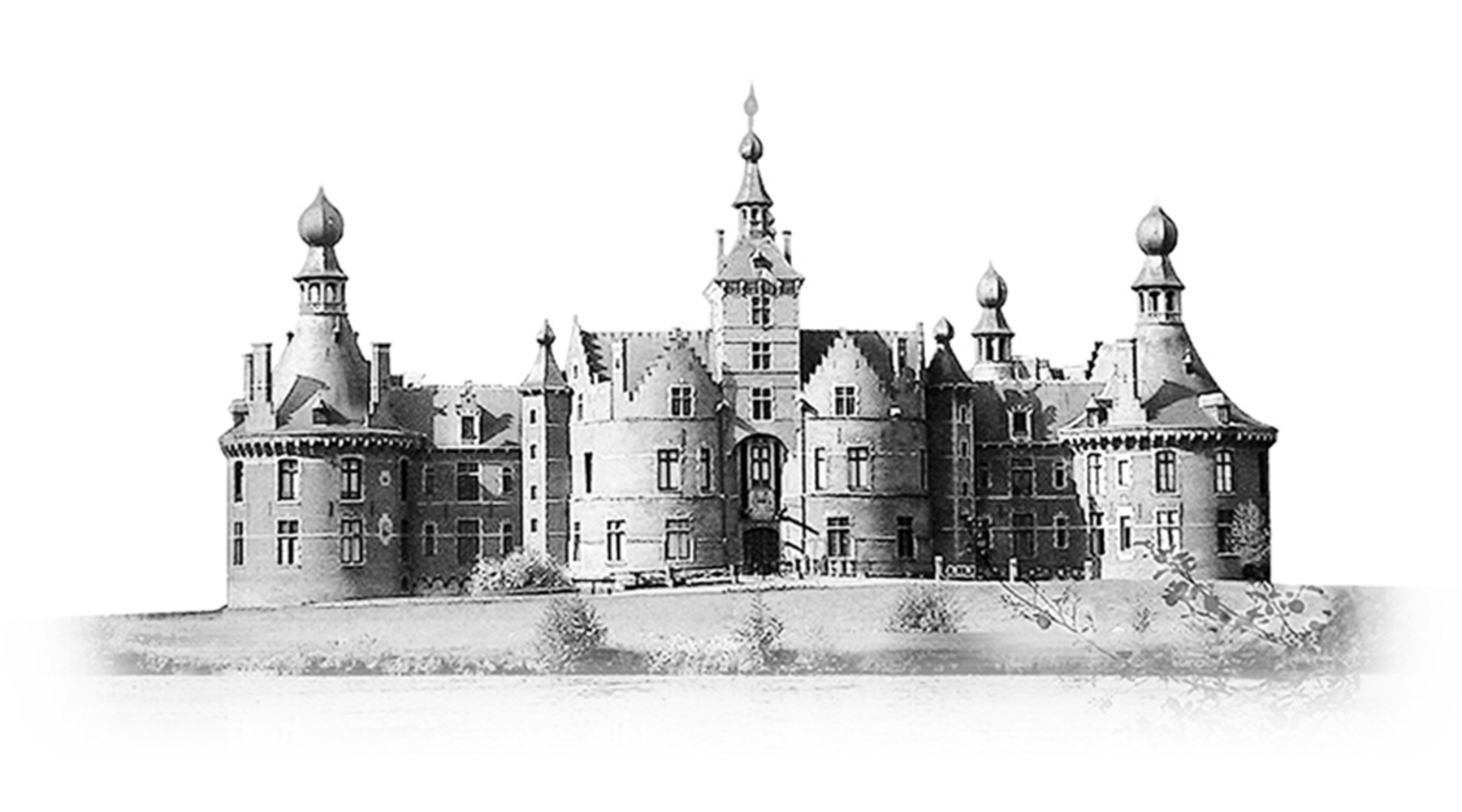Feature Flanders Cut
In 1987 the development began with the goal of taking out beauties of the gemstone and aiming to pull out more beauty and highly brilliancy.
Basically the Flanders cut has same number of facet as normal round brilliant cut and same way of cutting. It means that the Flanders cut is the “ Squared “ brilliant cut.
However in order to achieve absolute brilliance and an octagonal shape, all the facet has to be positioned in a very precise way.
The “ Flanders cut “ is the result of high-level creativity and the polishing expertise of Antwerp craftsmen.
The “ Flanders cut “ has opened sophisticated and exciting possibilities for creating new jewellery designs.
Such as “ Pave “ setting or “ Channel “ setting or “ Straight line “set design. Almost no openings between the stones and showing unmatched fire and brilliance.
A technological achievement The FLANDERS CUT
The " Flanders"Cut" was Granted by a brilliant gemologists and confirmed for it's exceptional brilliance by the HRD and IGI, which are considered to be among the world’s most renowned Gemological Institutions. The "Flanders Cut" is the result of high-level creativity and the polishing expertise of Antwerp craftsman.
The "Flanders Cut" had 61 facets . It had very complex Symmetry. In order to achieve the absolute brilliance, all the facets have to be positioned in a very precise way. The secret of it's exceptional brilliance lies in the face that the basic structure of the classical round brilliant is respected once the stone is cut into it’s octagonal shape.



